2013 Crystal City, Manitoba, Canada
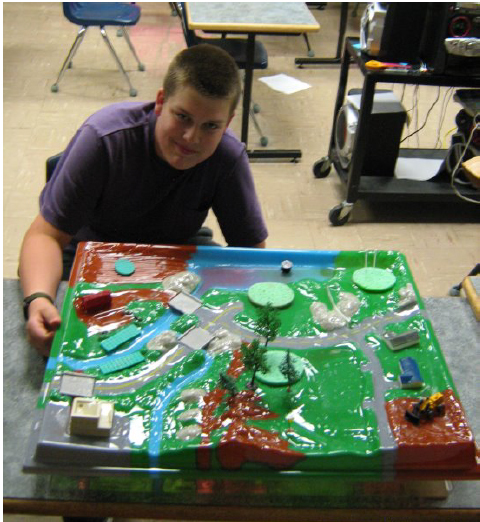
Austin Hudson from Thomas Greenway Middle School was frustrated with people’s lack of knowledge regarding the importance of keeping our watersheds healthy. more specifically, the fact sloughs and other wetlands were being drained on farmer’s fields when they provide such benefit was something wanted to talk about. As his family relies on farming, he could understand the drive to maximize production, but at what cost?
?My solution to this seemly huge issue is education. I will make a wetland diorama and a PowerPoint, called “Save the Stinkin’ Slough.” These will be sent to local schools to tell the kids about how important wetlands are to a watershed. once the kids have seen the presentation they will be given a small test or feedback sheet to show what they have learned. By doing this you can educate young kids who will tell their parents about the usefulness of wetlands. Hopefully the older generation will start thinking, hey those useless pieces of land are actually useful just the way they are! Then those adults will tell other adults. So by educating young people we can maybe save some of the wetlands in our watershed. it wouldn’t take much to do this idea and I think this project will work by educating people on this serious problem and helping them know how to fix it.”
Austin did develop his PowerPoint and thanks to a $1500 contribution from Nutrien also purchased an “Enviroscape” watershed model which will be circulated throughout his and neighboring community school to help spread the word.
He says that the diorama is “very cool and way better than I expected, all the kids in the school were so excited to see it; they all wanted a demonstration.” This was a bit scary for Austin but when it was over he said “I’m glad I did it, Tabitha was a huge help and I learned lots from the other presentations.? Thanks again for this program and providing this experience to so many kids!
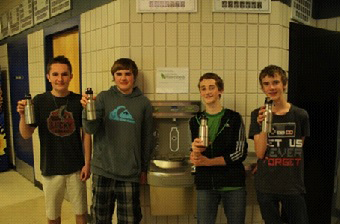

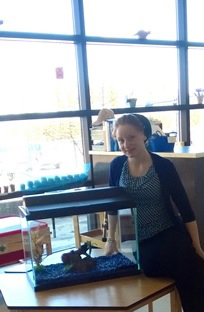
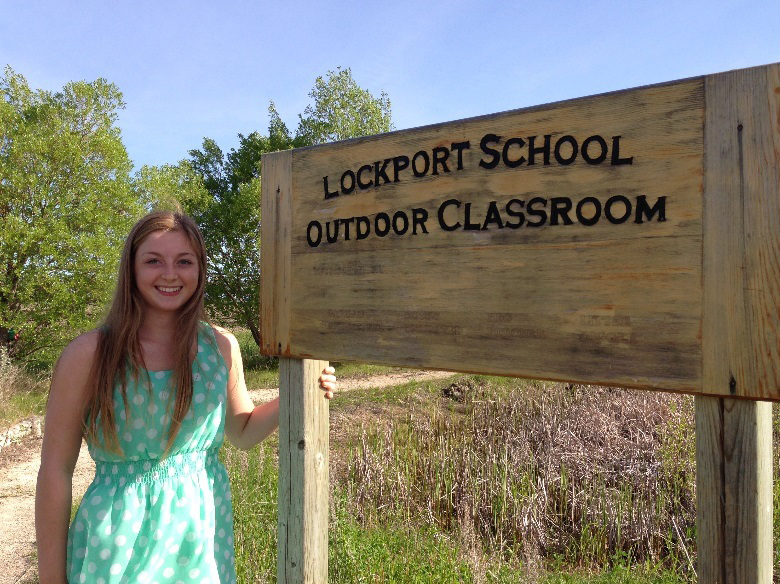
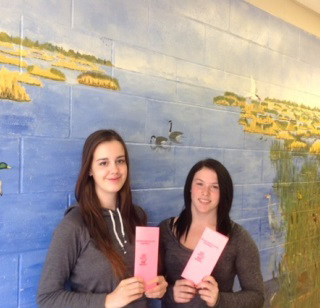
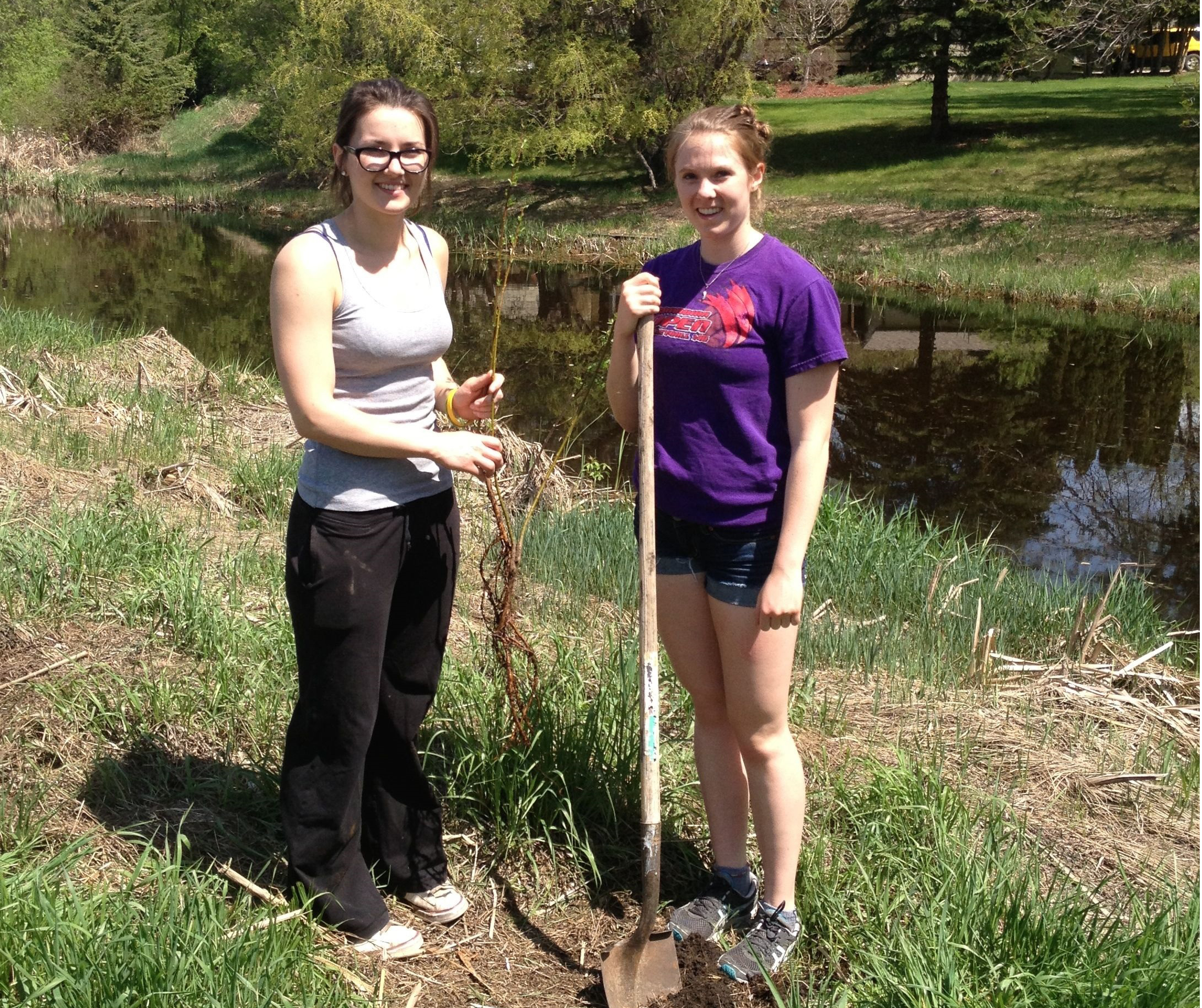
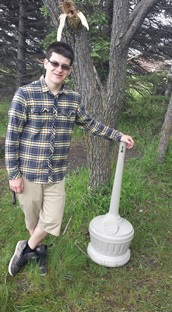
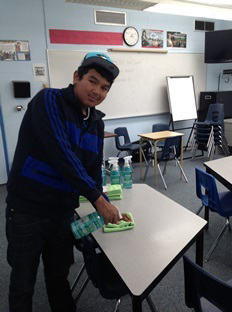
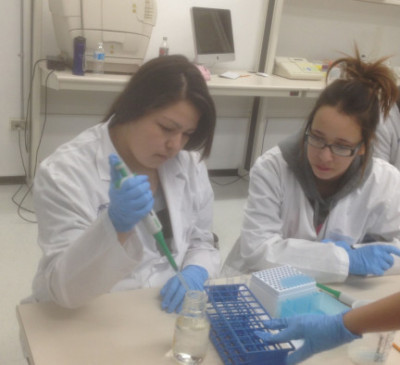
 Rain barrels are designed to collect water, but one distinctive rain barrel designed by students at Daysland School in central Alberta is garnering just as much attention as it is water.
Rain barrels are designed to collect water, but one distinctive rain barrel designed by students at Daysland School in central Alberta is garnering just as much attention as it is water.